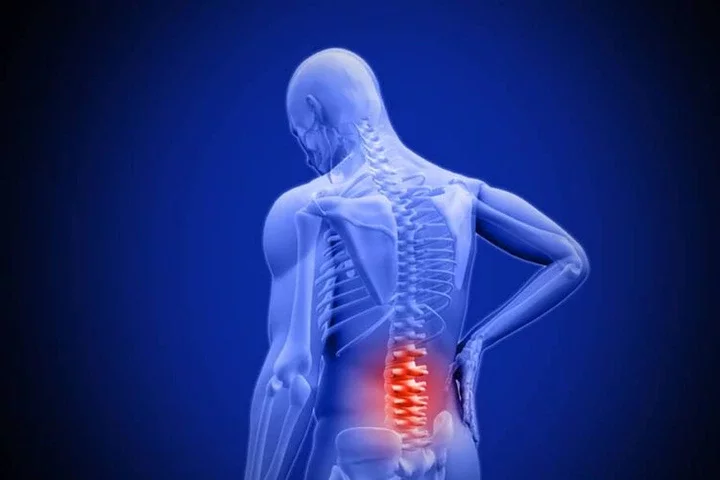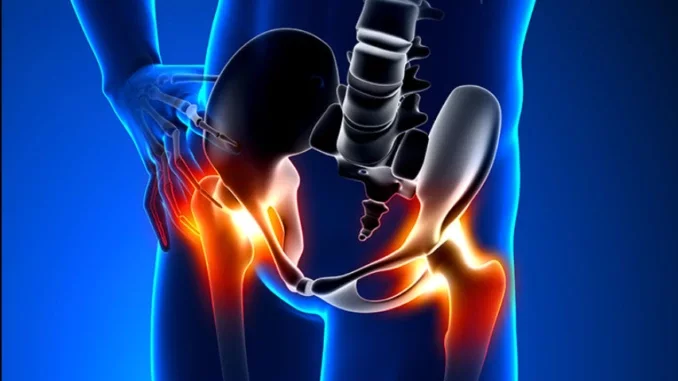
Low back pain is a prevalent issue affecting millions worldwide, with causes ranging from lifestyle factors to underlying medical conditions. It manifests as discomfort or stiffness in the lower portion of the spine and can significantly impact daily life if not managed properly.
Common causes include poor posture, muscle strain from heavy lifting or sudden movements, and sedentary lifestyles leading to weakened muscles. Additionally, conditions like herniated discs, arthritis, or osteoporosis can contribute to chronic pain.
Prevention strategies emphasize maintaining a healthy weight, practicing good posture, and engaging in regular physical activity to strengthen core muscles. Ergonomic adjustments in workspace design and proper lifting techniques are crucial for minimizing strain.
Management of low back pain often involves a combination of therapies tailored to the individual's condition. These may include over-the-counter pain relievers, physical therapy to improve flexibility and strength, or in severe cases, surgical intervention.
It's essential to seek medical advice if back pain persists beyond a few weeks or is accompanied by other symptoms like numbness or tingling in the legs. Early intervention can prevent worsening of the condition and improve outcomes.
In conclusion, while low back pain is common, it can often be prevented and effectively managed with lifestyle adjustments and appropriate medical care. By understanding its causes and taking proactive steps, individuals can reduce its impact on their daily lives and maintain optimal spinal health.

















Comments